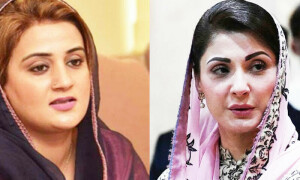IT is a problem growing quietly in the heart of the economy. The CEOs from both the gas distribution companies recently cautioned a Senate committee that growing distortions in the pricing regime for natural gas were having an increasingly adverse impact on their companies’ cash flows, and could eventually force very difficult choices onto the government if they were not addressed in a timely manner. Ordinarily one could see this as a technical matter to be resolved in the relevant committee, but the numbers involved have become too large for any single government department to manage on their own, and the pricing reform required in the sector is growing in its urgency as the quantum of imported natural gas grows.
Almost half of Pakistan’s fuels needs are met with natural gas. It is the fuel that has powered our industry, run our power plants, heats our homes and on which large numbers of people rely to cook their food. It has a vital role in the country’s agriculture since it is the feedstock for our fertiliser supplies, where it is given out at a steep subsidy. The importance of pricing reform was always a central question once the turn was made towards inducting imported gas at market-based prices. Almost immediately the pricing regimes of the imported gas versus the domestic gas clashed, and difficult choices had to be made about who will have to pay the higher cost and who will continue enjoying the subsidy.
In days to come, the subsidy will become more and more unsustainable, and difficult choices will have to be made all over again on who will be next to be evicted from the regime of subsidised gas. The last time it was the vehicular CNG sector that was evicted, resulting in that sector’s virtual decimation. Next in line are textiles and fertiliser. The CEOs of the gas companies gave figures for how much of a loss their balance sheets have to carry because of the inability of the government to meet its so-called “price differential” commitments, meaning those commitments where the government agrees to pay the difference in the price at which the gas has been procured and that at which it is allowed to be sold. For SNGPL, the total receivables came to Rs165 billion and for SSGCL it came to Rs203bn. These are massive numbers and they represent distortions created by the pricing regime for domestic gas. Imported LNG is a separate matter since it has a different pricing regime. So the big question looming for the next petroleum minister is how to address these distortions, and who to evict from the regime of domestic gas to bring demand under control. It would be a mistake to underestimate the scale of this issue.
Published in Dawn, August 29th, 2018












































